Black Community Leaders in Baltimore Call For Community Investment as a Method of Police Reform
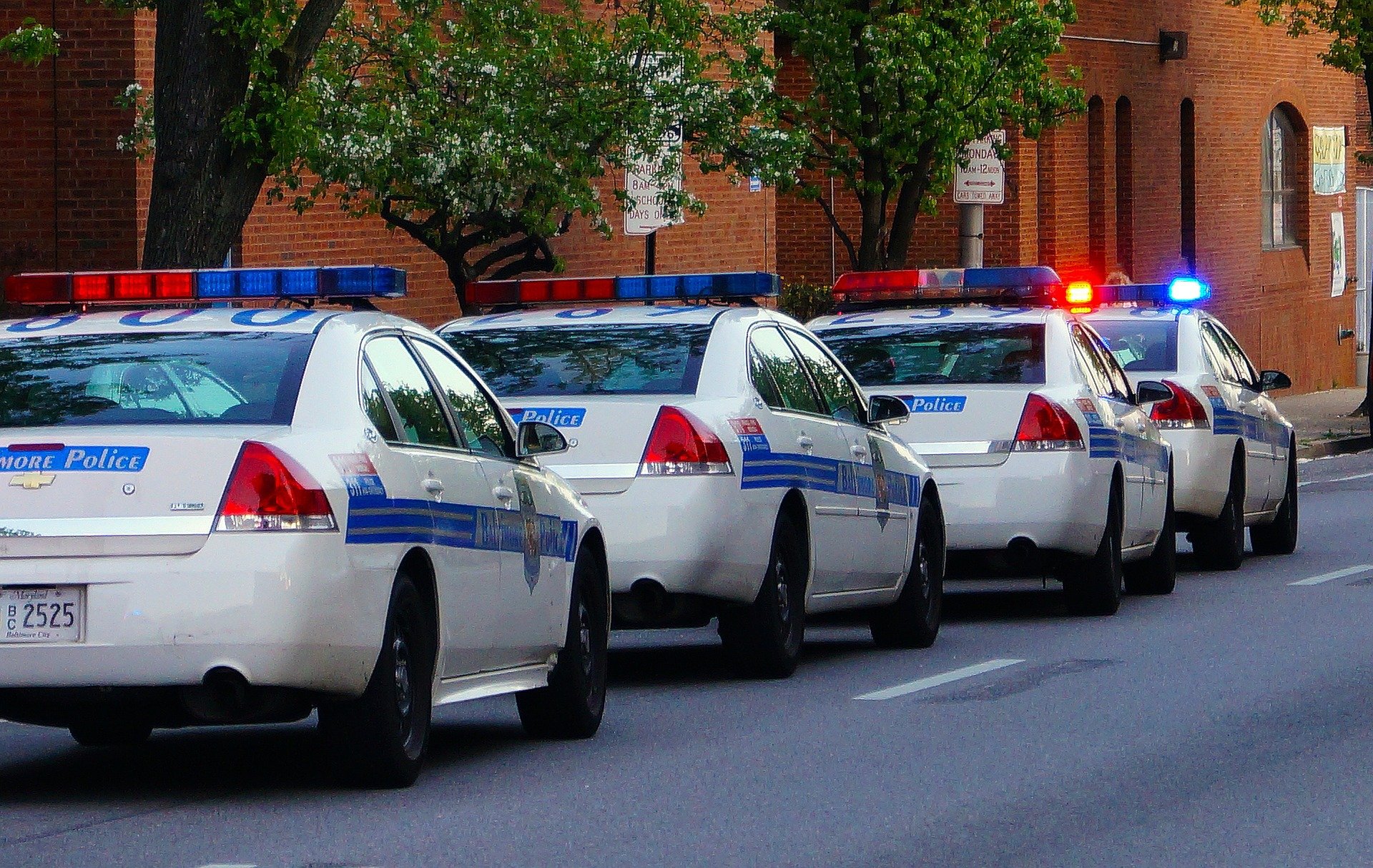
As the conversation around police reform continues to evolve, Black community leaders in Baltimore City seek to scrap the narrative of reimagining policing, instead urging lawmakers to invest in existing community resources.
“I love the idea of creating a world where peace is the norm, and so just like we’re doing with the COVID epidemic — if the way that we addressed violence was as if it’s a public health issue — then we wouldn’t be saying ‘Well, let’s reimagine,’ we would look at what already exists in Baltimore,” Erricka Bridgeford, the founder of Baltimore CeaseFire 365, said at a roundtable discussion hosted by Sen. Chris Van Hollen (D) Monday afternoon.
Van Hollen, Baltimore City Mayor Brandon Scott (D) and community organizers met virtually Monday to discuss alternatives to policing in the city, including measures to divert emergency mental health calls away from the Baltimore Police Department to other services, like the Baltimore Crisis Response Here to Help hotline.
Edgar Wiggins, the executive director of Baltimore Crisis Response, said that his organization will have a pilot program up and running by early June that will automatically divert certain types of crisis calls — typically those that have not yet resulted in violence or where no weapon is reported — from the police to his crisis hotline for further evaluation.
The mayor said more information about the pilot program will be available within the next few weeks.
But Wiggins said people often don’t have a clear idea of who to call rather than the police.
“One of the things that I’m very aware of having been training police since 2004, is that people call 911 because there’s a problem,” he explained. “What they don’t understand is when you call 911, you’re going to get a law enforcement response, even if it’s not a law enforcement problem.”
With the spate of nationally highlighted killings of Black people at the hands of police over the past several years, advocates have called for less law enforcement funding and a dismantling of the status quo.
“It has become very popular within the last two years to say #DefundThePolice and invest in alternative systems,” said Adam Jackson, CEO of Leaders of A Beautiful Struggle.
But Jackson said that a fundamental problem with public safety in the United States lies in both law enforcement’s long-broken relationship with the Black community and the failure of government-run social services programs to appropriately intervene.
He emphasized a need for community oversight and control.
“To say that we should have alternatives to policing in America but not invest in community-based alternatives where Black people actually have control over the institutions and civic formations that govern our safety, then that means we’re handing over the task of safety to white people and white institutional formations,” he said.
Jackson likened this to “different sides of the same coin.”
“Instead of saying, ‘Black people have control over safety in our community,’ we’re saying, ‘[this] nonprofit organization has control over safety in our community,’” he said.
“What tends to happen is that Black people are the afterthought; it’s the checkbox,” Jackson continued. “We’re not consulted on the front end — we’re not in control. And what happens at the end is that you have a different version of the status quo.”
He also said that the concept of “defunding” or investing in policing alternatives isn’t extremely popular in the Black community.
“The problem is most Black people, our only option is more police or less police and if police are the thing that we’re saying makes people safe, then more police is what Black people will choose. And so I think people have to understand that’s why it’s unpopular because it sounds theoretical,” said Jackson. “I feel like there’s actual institutions — actual organizations that do work every day — that need investment and if we invest in those community-based alternatives … and making sure that we have control, then that’s going to be an actual solution to getting the murder rate down, to decreasing violent crime. And that’s what Black people would support, otherwise, it’s an intellectual exercise to most people.”
But civic leaders are tired of hearing the word “reimagine,” too, noting that there are already community-based conflict resolution organizations that are trying to disrupt status quo policing.
Bridgeford called it a “buzzword” that comes and goes like pumpkin spice lattes do in the fall.
“‘Reimagine’ is starting to feel to me like pumpkin spice,” she said. “We just keep saying the word, but there are a lot of things we don’t actually have to reimagine. We can turn inward in Baltimore to say what already exists … and can we prioritize nurturing those things instead of looking outside of our communities?”
‘A media narrative problem’
According to a homicide database maintained by The Baltimore Sun, 335 people were killed in the city throughout 2020, and 96 have died so far in 2021.
“That has to change,” said Scott. “But doing the same thing is not going to make us a safer city, and my vision and directive is for us to build the necessary tools to change our approach to invest in the resources for prevention and intervention, while simultaneously holding our enforcement agencies accountable in ways that we hadn’t before.”
Wiggins said that, during his 28-years with the organization, the Baltimore Crisis Response typically responds to between 2,500 to 2,800 calls each year, “and that has to do with going to street corners, has to do with going to people’s homes, has to do with going to the train station, sometimes called by the police because they need some assistance. And in all of those years, I am very proud to say that I’ve never had a team member hurt.”
“And yet, when I am recruiting for licensed clinicians to do that work. When I say the work is in Baltimore City there’s … this perception of dangerousness, and violence.”
Asked how the city will continue to address violent crime while pursuing long-term goals of reducing police activity in Black communities, Scott said that it doesn’t have to be an “either-or” situation.
WYPR reported last week that Scott, who had been lobbying to shrink the Baltimore Police Department’s budget before his inauguration, has faced heat from constituents and fellow city officials for a proposed $28 million budget increase to the police department’s annual budget, bringing it to a total of $555 million. At the hearing, Scott defended the 5% increase, saying it was needed for obligatory benefits.
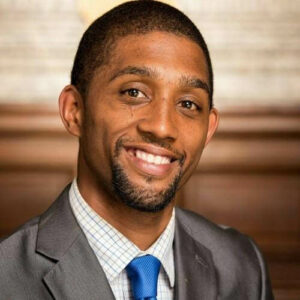
Baltimore Mayor Brandon Scott (D).
Scott said that it’s integral for people — the media, specifically — to look at the full picture behind violent crime rather than the “simple conflict” that leads to the loss of life.
“I want to invite people — some members of the press — to come out and actually, when they’re not working, spend some time talking to people in neighborhoods with no camera about what’s actually happening,” he said. “Because what happens is you get these things and folks try to oversimplify what happens.”
Scott said that it’s time to make the connection between the systemic problems and what ends up on the news and that both need to be addressed on a policy level, concurrently.
“When you’re doing this work of investing in mental health, behavioral health, substance abuse work — that is the stuff that’s driving the violence,” he explained. “Because when people are not in the best mental state and they’re also dealing with the pressures of living in neighborhoods that have been disinvested in on purpose, and where they’re stuck in poverty and they can’t get out of it no matter how many jobs they work, things get escalated and you don’t know how to resolve conflict.”
“There’s no magic bullet to this.”
Bridgeford interjected, saying that it’s time to hold the media accountable for perpetuating a narrative that violence lurks on every street corner in the city.
She said reporters are asking questions about the feasibility of proposed police reforms and reinvestment, but not being involved enough with the community to understand how community organizations could accomplish those changes.
“Meanwhile, we’re trying to remind Baltimore that they are loved; we’re trying to remind Baltimore that they are resilient; we’re trying to remind Baltimore of all the beauty and the power that lies within it,” she continued. “But when they turn on the TV, they don’t see those stories. They don’t see stories about the work that’s been done in Baltimore to help heal their lives. They only see the stories about the violence and the murder, and what’s horrible about Baltimore as if that’s all that’s happening.”
Scott and the other panelists, all muted on the Zoom call, shook their heads in agreement.
“So, before you come with these questions about what’s going to work, you all need to be having conversations among yourselves: What’s your responsibility of changing the narrative of Baltimore?” Bridgeford asked before turning the conversation back to Wiggins’ problem recruiting mental health clinicians.
“The man has been doing work for over 20 years with clinicians, but just saying the word ‘Baltimore’ makes clinicians afraid that they’re going to get killed,” she said. “That’s a media narrative problem is what that is.”
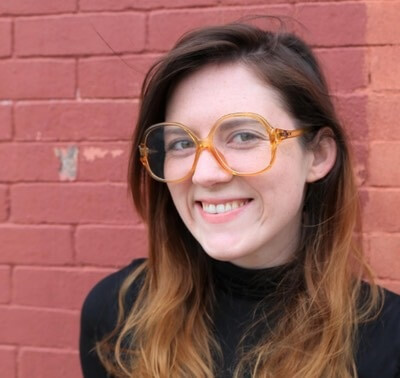
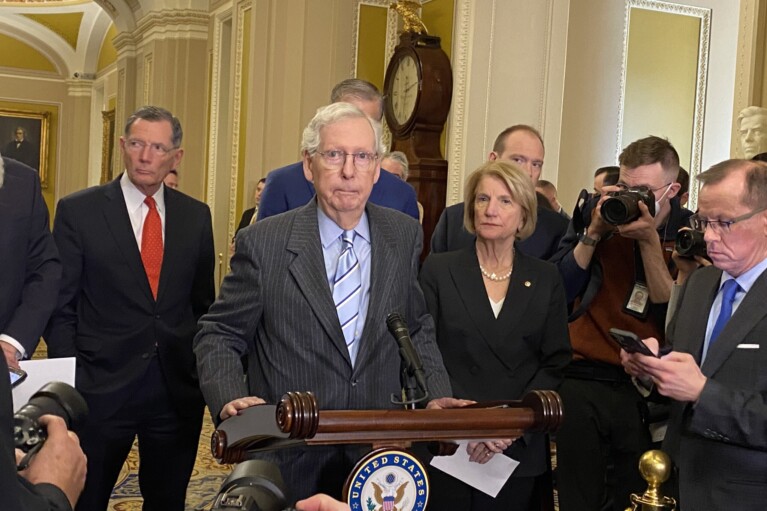
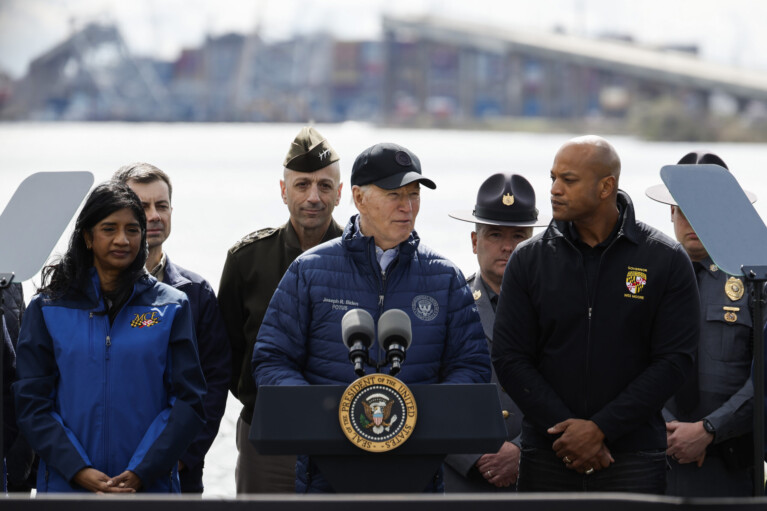

 Creative Commons Attribution
Creative Commons Attribution